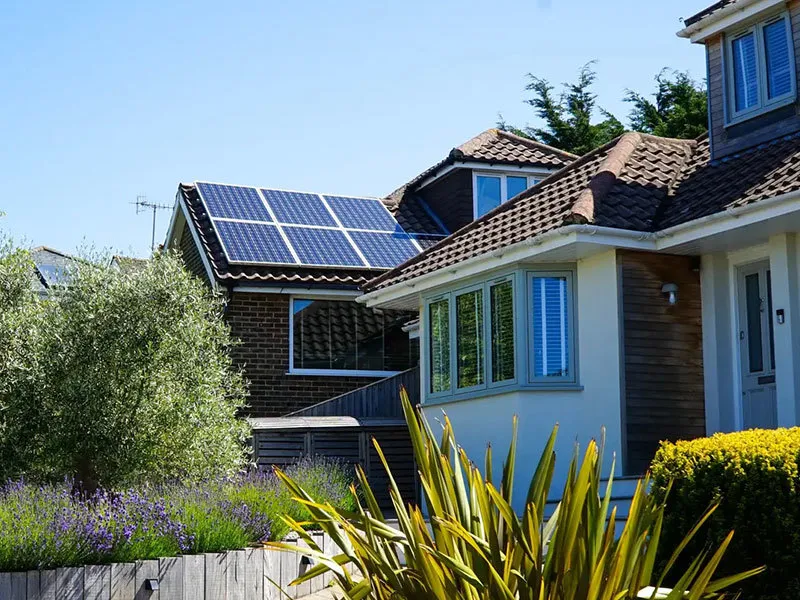Bifacial Solar Panel Costs and Price Trends in the Renewable Energy Market
The Price and Value of Bifacial Solar Panels
As the global demand for renewable energy continues to rise, bifacial solar panels are emerging as an innovative solution that captures attention for both their efficiency and potential cost savings. These panels, which can absorb sunlight from both sides, are becoming increasingly popular in residential and commercial solar installations. Understanding their price, value, and potential return on investment is crucial for anyone considering this technology.
The Price and Value of Bifacial Solar Panels
One of the defining advantages of bifacial solar panels is their ability to produce more energy, thanks to their dual-sided design. They can capture reflected sunlight from the ground or surrounding surfaces, which can lead to energy output increases of 10% to 30% compared to traditional panels. This increased efficiency can significantly improve long-term financial performance and return on investment, making bifacial panels an appealing option for those looking to maximize energy generation.
bifacial solar panel price

Installation costs for bifacial panels can also differ from conventional solar systems. While electrical installation remains largely the same, additional factors such as the type of mounting system can influence overall expenses. Bifacial panels typically require elevated installations, using either rack systems or ground-mounted setups designed to optimize light reflection. These mounting considerations can add to the initial costs but are often offset by the increased energy yield over time.
When evaluating bifacial solar panels' prices, it is also essential to consider their durability and maintenance. These panels are often built to withstand harsh weather conditions and can outlast traditional panels, reducing replacement costs and increasing their overall lifespan. Additionally, maintenance costs are generally low, further contributing to their financial viability.
Moreover, the growing awareness of sustainable energy solutions and governmental incentives can play a significant role in the adoption of bifacial technology. Many regions offer tax credits, rebates, and other financial incentives for installing solar panels, which can help offset the initial costs. These economic factors can make savvy investments in bifacial systems more attractive.
In conclusion, while bifacial solar panels may come with a higher upfront price tag, their enhanced energy efficiency, longevity, and potential financial benefits present a compelling case for considering them in renewable energy plans. As technology advances and prices continue to evolve, bifacial solar panels could very well represent the future of solar energy solutions, making them worthy of consideration for any eco-conscious investor.
-
String Solar Inverter: The High-Efficiency Solution for Smart Solar EnergyNewsJul.14,2025
-
Revolutionizing Rooftop Energy with the Power of the Micro Solar InverterNewsJul.14,2025
-
Power Independence with Smart Off Grid Solar Inverter SolutionsNewsJul.14,2025
-
On Grid Solar Inverter: Powering the Future with Smart Grid IntegrationNewsJul.14,2025
-
Monocrystalline Solar Panels: High-Efficiency Power for the Future of Clean EnergyNewsJul.14,2025
-
Bifacial Solar Panel: A Smarter Investment for Next-Generation Energy SystemsNewsJul.14,2025







